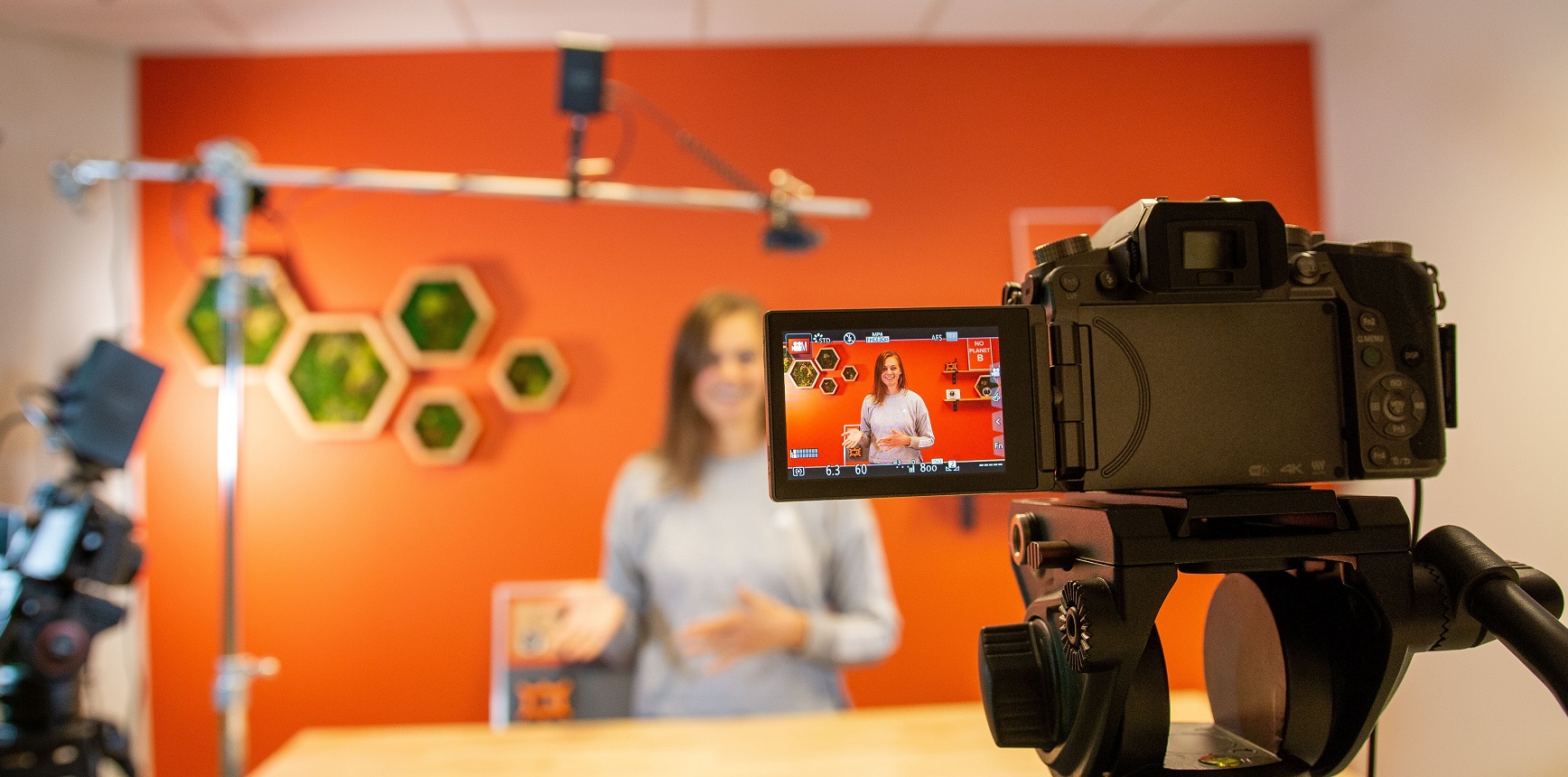As of April 3, 2023, the year-on-year search for proprietary or prop trading and prop firms has increased by 900%, signalling a comeback – a huge one. With the markets continuing to be highly volatile and retail traders losing risk appetite due to recessionary fears, brokerages transforming into prop firms is an emerging trend, especially in Europe. Despite low liquidity across the European markets in 2022, interest rates generated opportunities that gave prop trading a renewed lease on life. In fact, 2022 proved to be a “very strong year” for prop trading firms, with geopolitical tensions and supply chain disruptions driving market volatility. We love digging into finance trends, so let’s get started. Is prop trading a fad or the future?
A Brief on Proprietary Trading
Hedge fund managers, banks, brokerages and institutional investors use their capital to grow their wealth by taking advantage of price volatility. This helps compensate for the profit cut they bear when trading with others’ capital. They “hire” experienced expert traders to trade on their behalf. So, several traders are able to achieve what a single person or firm cannot.
Since only 13% of the traders continue beyond 3 years, brokerages’ profits can be very unstable. Moreover, high client attrition leaves them in a constant grind to acquire new traders relentlessly. So, why not look for a prop trader who will share profits?
To do so, brokerages first conduct evaluations through forex trading challenges and other competitions. There is a fee to register for such competitions, which could be for a single attempt or may allow multiple attempts. The firm then picks the best traders from these challenges and gives them tools to sharpen their skills. Finally, these traders receive a funded trading account that they can use to trade.
Prop firms provide adequate market info (which they already have) to their prop traders and ensure robust risk management via sophisticated trading software. In addition, they facilitate high-frequency trades with the help of intelligent algorithmic trading systems. Profits earned are then shared on a pre-defined percentage basis between the traders and the brokerage.
Although profits from market moves are the ultimate goal, prop trading firms have multiple sources of revenue. These include:
Audition Fee
Proprietary trading firms’ earnings start even before a trader is selected. They earn registration fees from traders auditioning to join the firm. Since the competitions are rigorous, the winner-to-participant ratio is extremely low. So, the audition fees could equal profits! Some have such a high bar for winning competitions that they can give 90% of the total profits to the winner and keep only 10%.
Trading Commissions
The commissions from trades made by competitors could also enhance the prop trading firm’s balance sheet. All trades made on their platform are chargeable (just like non-prop trading). So, commissions from the competition and the capital that traders lose, go to the brokerage.
Inventory to Provide Liquidity
Another benefit for brokerages is an opportunity to stock up on inventory they can sell or lend to their retail trading clients later. The bet here is that security prices will appreciate if they don’t have brokerage losses. But, then again, what business does not have any drawbacks?
Additionally, high liquidity gives them the ability to become market-makers. This is because bulk orders give them an edge in the market. It also helps them provide liquidity for traders and investors.
The Regulatory Landscape
Although there aren’t any major regulatory restrictions on prop trading brokerages, all financial services providers need ensure compliance while using their excess capital to garner profits.
The United States of America
In the US, the Volcker Rule under the Dodd-Frank Wall Street Reform and Consumer Protection Act regulates prop trading. The rule came into effect after the former Fed chair Paul Volcker insisted that the global economic crisis of 2008 was a result of speculative investments made by investment banks. The Volker Rule restricts banking organisations from proprietary trading or owning hedge funds. With banks out of the picture, brokerages have the opportunity to take advantage of prop trading, since they don’t fall under the Volker Rule.
Europe
A proprietary trading review, published by the Prudential Regulation Authority (PRA) of the Bank of England, is contrary to the Fed’s take in the US. The PRA confirmed that restrictions on classic proprietary trading would not lead to any significant reduction in risk to the financial system. Therefore, it concluded that since banks deal with customers’ capital, they must employ extra risk mitigation techniques. While it has ensured that no power will be exercised over prop trading, it has left the domain only lightly regulated. However, the regulator is going to keep watch over prop trading as it grows.
Searching For Talent
We’ve all seen X Factor. Trawling through talentless contestants is funny but time consuming. It takes time to find the diamonds in the rough. The biggest challenge prop firms face is sourcing the right talent to trade for them. On average, at least 80% of traders make losses daily. But, when a brokerage wants to trust them with its funds, it can be unsettling. So, reaching out and attracting the best trading talent is critical.
Plus, 80% of the firms are planning to increase their trader headcount in 2023, which is going to make it even more difficult to grab the best trading talent out there.
Further, with advances in technology, building the tech stack to compete in the cut-throat market becomes a prerequisite for success. It is the distinguishing factor to attract and retain traders. Also, minimising latency is a burning need in these erratically moving markets. Another challenge is to communicate the legitimacy of the brokerage’s process to traders. Successful traders are not looking for ways to get employed, so your marketing needs to be very convincing.

What Kind of Traders Do You Need?
Prop trading is for those with deep trading experience and a great trading history. Traders equipped with state-of-the-art strategies and agile thinking psyche under stressful market conditions are best equipped to handle large amounts of capital. Zippia’s recent research revealed that the average age of proprietary traders (in the US) is 43 years.
Also, while prop trading for a fund provider, traders need to follow their risk limits and risk management guidelines diligently. They often have restricted autonomy while making trading decisions and work independently to ensure that the organisation’s client funds remain separate from its trading funds. Prop traders must take advantage of statistical, volatility, index and merger arbitrage. Your audition should test them across these categories and trading personality traits.
How to Attract the Best Prop Traders
Marketing in the prop trading space is aggressive. Think forex marketing before the bonus bans! Your campaigns need to be exciting but they also need to be of a high standard to attract the best traders. Here are some prop trading marketing techniques:
Leverage Your Tech Stack
Inform potential clients of the analytical proficiency of your tech setup by showcasing actionable insights for prop traders across your communication channels. Help them realise how your tech tools can expedite trading decisions. Also, demonstrate how you have equipped the online trading platform to reduce latency.
Use Videos to Your Advantage
Videos gain attention the fastest and make the content sticky for the viewer. Share strategies about how you instil discipline and support mindset building through video snippets and training sessions. End it with a little testimony from one of your existing traders. You can also demonstrate the low latency and high adequacy of the training setup via videos and give it a personalised touch by letting your traders create them for you.

Educate Your Traders
Publish articles to help your readers gauge your expertise. Add editorial articles from experts too. It’s critical to have well-rounded growth for those who take care of your proprietary trades. You can organise webinars and podcasts, and use social media to spread the message that those who join you get classified and superior-quality market information. Send out personalised newsletters, using the trader’s history, and advanced analytics to help them improve.
Harness the Power of Social Media
Publish content created especially for specific media. For instance, use short reels for Instagram, intriguing questions for TikTok and memes for Snapchat. Form a strategy with targeted content for each communication channel. Use your channels to eliminate apprehensions regarding restricted and rule-bound trading by sharing the success stories of your traders.
Build Anticipation
Gamifying everything is the new trading trend. Conduct short challenges on social media to promote an upcoming trader audition and build excitement around trading with fun. Did you know that Gen Z is more financially aware than any of the previous generations? You can also offer early starter benefits and help them carve out prop trading career paths.
Be On Forums
Curious traders are looking for funded trading opportunities. Answer them on platforms such as Discord, Quora and Reddit. Make them notice you and leave a link to a great blog or the FAQ page on your website. Get noticed “everywhere” subtly to leave a lasting impact.
Challenge Accepted
While 73% of prop trading firms interviewed by the Expert Network predict that 2023 will be another year of massive trading opportunities, 18% believe they will be successful. Their confidence is possibly driven by the trader base they have accumulated in 2022. But, the market is difficult and its reputation unstable even for the best prop firms. Therefore, to hire stellar traders, you need a stellar marketing plan.
Contentworks is a leader in developing marketing strategies for brokers to reach their desired audience. Our extensive expertise in the finance and tech space helps us deliver well-researched, compliant content for all stakeholders. Book a 15 minute Zoom call with our team to get started.
